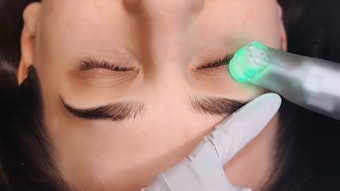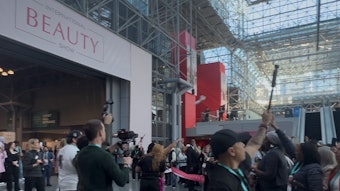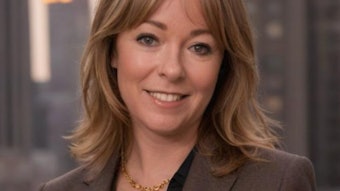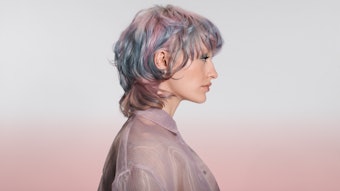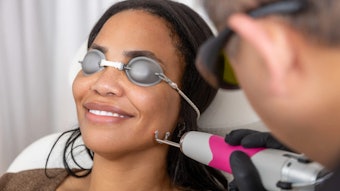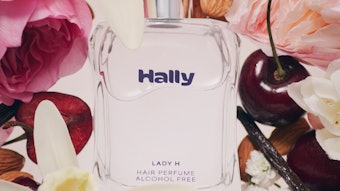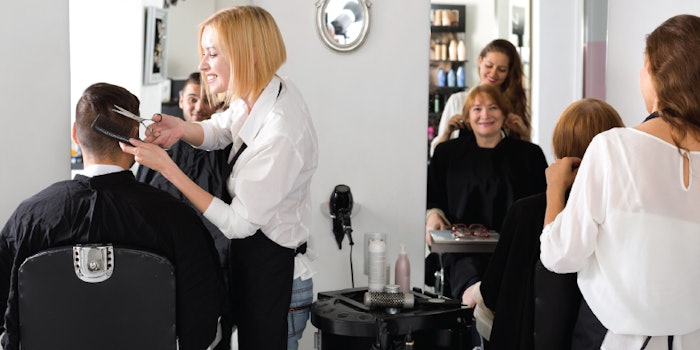
Diversity and inclusivity should be present in every aspect of the workplace.
It takes being intentional and aware of your workspace to make sure your staff and clientele are representative of the environment you want to create. In this Q&A, James Vincent, makeup artist and director of artistry for The Makeup Show, gives advice for making your salon space more inclusive.
Beauty Launchpad (BLP): What steps should you take on a daily basis to keep your salon space/workspace diverse and inclusive?
James Vincent (JV): I think it is important to create an environment where everyone feels included, even in the conversation of building the workspace. Being aware of each other’s cultures and comfort, and including opinions and feedback on everything from the music we play to the language we use, is discussed in our company’s open meetings. This allows our team to build an atmosphere that fosters inclusion. We also work to be a part of our communities, which allows us to respond to what is happening around us and make everyone feel welcome.
BLP: What past experience do you have making your workspace inclusive?
JV: I’ve helped develop and launch major brands that have made a real impact on inclusion in the beauty industry. With The Makeup Show, we create education around important topics, have real discussions and work to make space and create opportunity for artists who have traditionally been on the margins. We advocate and educate brands on how to decolonize the beauty industry and work to move beyond performative diversity and into real inclusion and representation. We create initiatives and support brands in building toward better overall inclusivity.
BLP: Why is it important for salon owners to keep their spaces inclusive, for both their clientele and fellow stylists?
JV: I think it’s important for salon owners to keep their spaces inclusive because not only is it good business and builds a more profitable salon, but it also allows you to be more advanced in the services you offer and more adaptable in a competitive industry. Looking outside the traditional methods in how you educate and hire your staff, the services you provide and the ability to promote your business are all bolstered and made broader with the addition of inclusivity. It allows your salon or suite to be a real space that people want to spend time and money in and build a strong team that is able to meet the needs of anyone who sits in their chair.
BLP: What advice do you have for salon owners and stylists who may struggle to keep their space inclusive?
JV: It is important to be open and honest. It might not be easy, but you need to be honest with your co-workers and management. Position your ideas for inclusion as ways to build clientele and celebrate fellow employees. Start with steps that are easy for everyone to understand, and be sure to deal with real information. Ask about bringing in a diversity expert to speak. Create a diversity panel. Suggest an event that focuses on building diversity, and celebrate the diversity that already exists in your salon space. It can sometimes be difficult to bring change because many do not recognize a lack of diversity. Stand strong, find your own support system and keep yourself educated. We’re seeing these changes happen in our schools and salons all over the country, and it will make the beauty industry we love even better.






